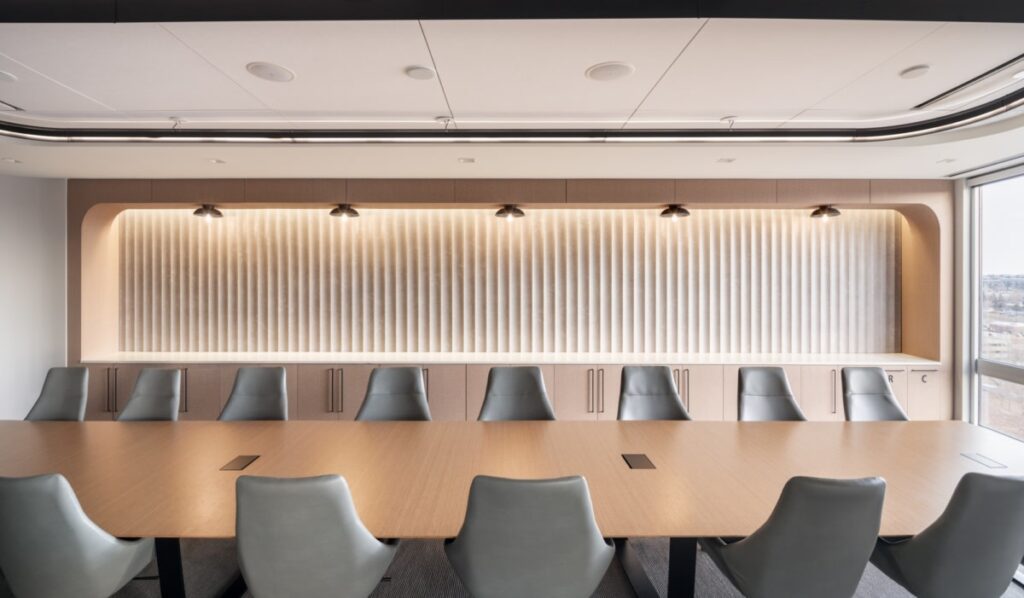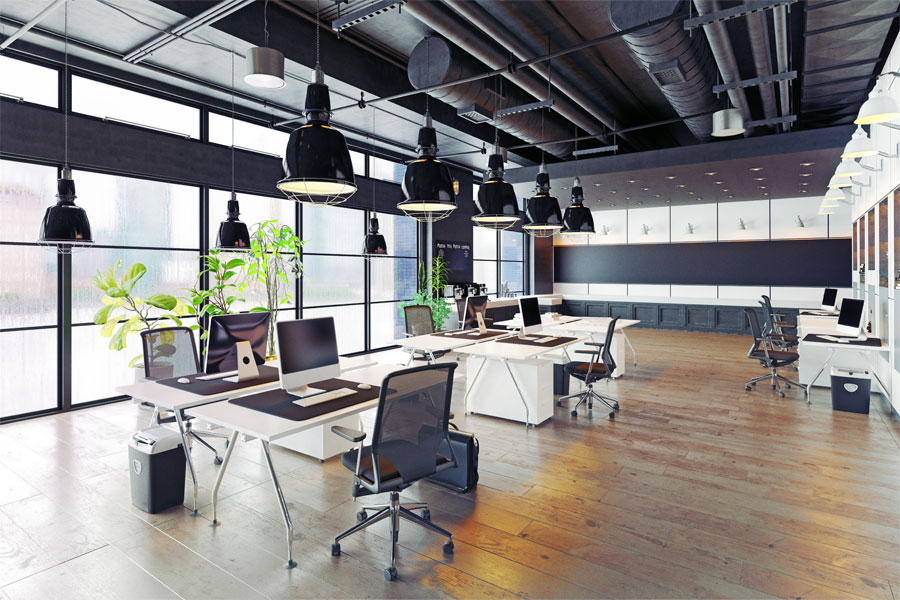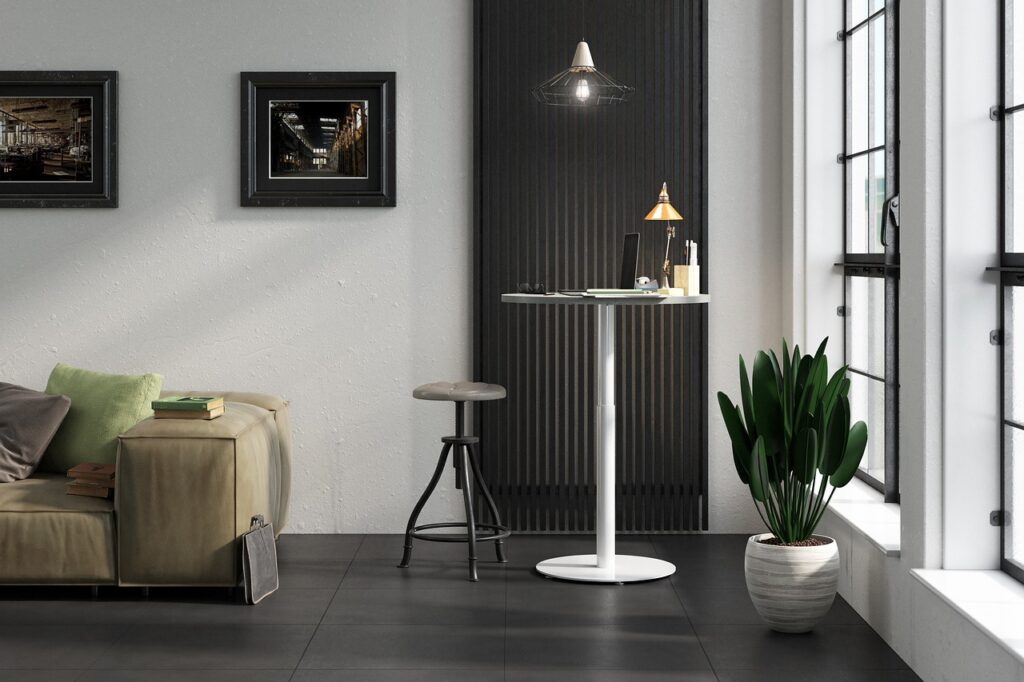Residential interior designers concentrate on designing personal residences, such as houses, condominiums, and apartments. Conversely, commercial interior designers specialize in creating public spaces, which encompass a wide range of establishments, including hospitals, healthcare clinics, schools, office spaces, retail stores, community centers, and fitness centers.
Interior design is a multifaceted discipline that encompasses various specialized fields, including commercial and residential design. While both aim to create aesthetically pleasing and functional spaces, there are significant differences between these two branches. Commercial interior design revolves around creating spaces that promote productivity, customer engagement, and brand identity. On the other hand, residential interior design focuses on enhancing personal comfort, reflecting individual tastes, and fostering a sense of belonging. This article delves into the contrasts between commercial and residential interior design, exploring their unique characteristics, considerations, and goals.
1. Purpose and Function
The primary distinction between commercial and residential interior design lies in their intended purposes and functions. Commercial design caters to public spaces such as offices, restaurants, retail stores, hotels, and healthcare facilities. These spaces are designed to accommodate large numbers of people, facilitate business operations, and promote specific objectives, such as sales or productivity. Residential design, on the other hand, centers around homes and private dwellings, aiming to provide comfort, reflect personal lifestyles, and create spaces conducive to relaxation, entertainment, and family life.
2. User Experience
Another significant contrast lies in the user experience each type of design aims to create. In commercial design, the primary focus is on enhancing the experience of customers, clients, and employees. Elements such as layout, flow, and accessibility are carefully considered to optimize the user journey and create spaces that foster engagement and achieve business goals. In residential design, the user experience revolves around the homeowner’s preferences, needs, and lifestyle. Comfort, personalization, and a sense of identity are emphasized, with attention given to creating intimate and inviting spaces that align with the residents’ desires and aspirations.
3. Design Considerations
The factors influencing the design process for commercial and residential interiors vary considerably. Commercial design necessitates thorough analysis of the target market, brand identity, and business objectives. The design must align with the company’s branding guidelines and ethos, incorporate elements that promote sales and customer satisfaction, and comply with relevant regulations. In contrast, residential design is centered around the individual or family’s preferences, lifestyle, and functional requirements. Factors like privacy, storage, and flexibility take precedence, with the designer working closely with the homeowner to create personalized spaces that reflect their tastes and needs.
4. Aesthetics and Style
The aesthetic choices and styles employed in commercial and residential interior design differ significantly. Commercial design tends to lean towards a more polished and professional look, with an emphasis on functionality, durability, and brand cohesion. Clean lines, neutral color palettes, and sleek materials are often favored to create a cohesive and timeless environment. In residential design, personal expression and individuality take center stage. Homeowners have the freedom to explore various styles, colors, textures, and materials that resonate with their personalities, resulting in a more diverse range of aesthetics and design approaches.
5. Budget and Project Timeline
The budget and timeline considerations in commercial and residential design can be vastly different. Commercial projects often involve larger budgets, as they require extensive space planning, customized solutions, and specialized finishes. Moreover, commercial projects often adhere to stricter deadlines, as businesses aim to minimize downtime and start generating revenue quickly. Residential projects, while varied in scale, generally have smaller budgets and flexible timelines, allowing for more creativity and customization within the constraints of individual budgets and preferences.
6. Collaboration and Stakeholders
Collaboration and the involvement of stakeholders also vary in commercial and residential design projects. Commercial design often requires close collaboration with multiple stakeholders, including architects, contractors, branding teams, and business owners. Design decisions need to align with the brand’s vision and objectives, requiring effective communication and coordination among various parties. In residential design, the collaboration primarily involves the homeowner and the interior designer, with the focus on translating the homeowner’s vision into a tangible reality.
Conclusion
While both commercial and residential interior design share the goal of creating functional and aesthetically pleasing spaces, they diverge in terms of purpose, user experience, design considerations, aesthetics, budget, project timeline, and collaboration.
Hiring a commercial interior design company to design your workspace can make sense if you need guided assistance in bringing your workspace to life. Commercial design caters to public spaces, prioritizing business objectives and user engagement, while residential design revolves around individual preferences and comfort. Understanding these differences is crucial for interior designers to adapt their approach and deliver spaces that meet the unique requirements and goals of each domain, ultimately enriching people’s lives in both commercial and residential settings.





